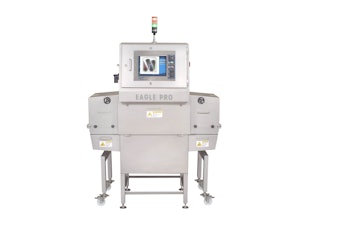If you haven’t noticed, those “big mouth” plastic containers, popular at club stores and which hold everything from nuts to pellet chewing gum to toys in bulk, are getting smaller. That’s creating wins for consumers and the entire packaging value chain by maintaining price points that keep products affordable at retail while also reducing packaging costs.
By shrinking the diameter of a plastic container by one-quarter inch, consumer packaged goods companies can save 10% or more off their total costs, helping them to reach critical price points at retail, says a ChemInfo article.
Better design techniques are enabling container suppliers to provide plastic jars that are 15% to 25% lighter, using less plastic than traditional jars, the article notes. Techniques include improved jar geometry and design ribbing simulation. The result is a plastic container that’s better for the environment and costs less to make, but which also retains stacking strengthen in distribution and on display pallets in stores.
The benefits of this trend are extending to grocery stores and allowing them to enter the bulk-products market. Some grocers, the article says, are introducing small bulk plastic containers, from 48 oz to a half-gallon in size, to compete in the bulk food market.

























